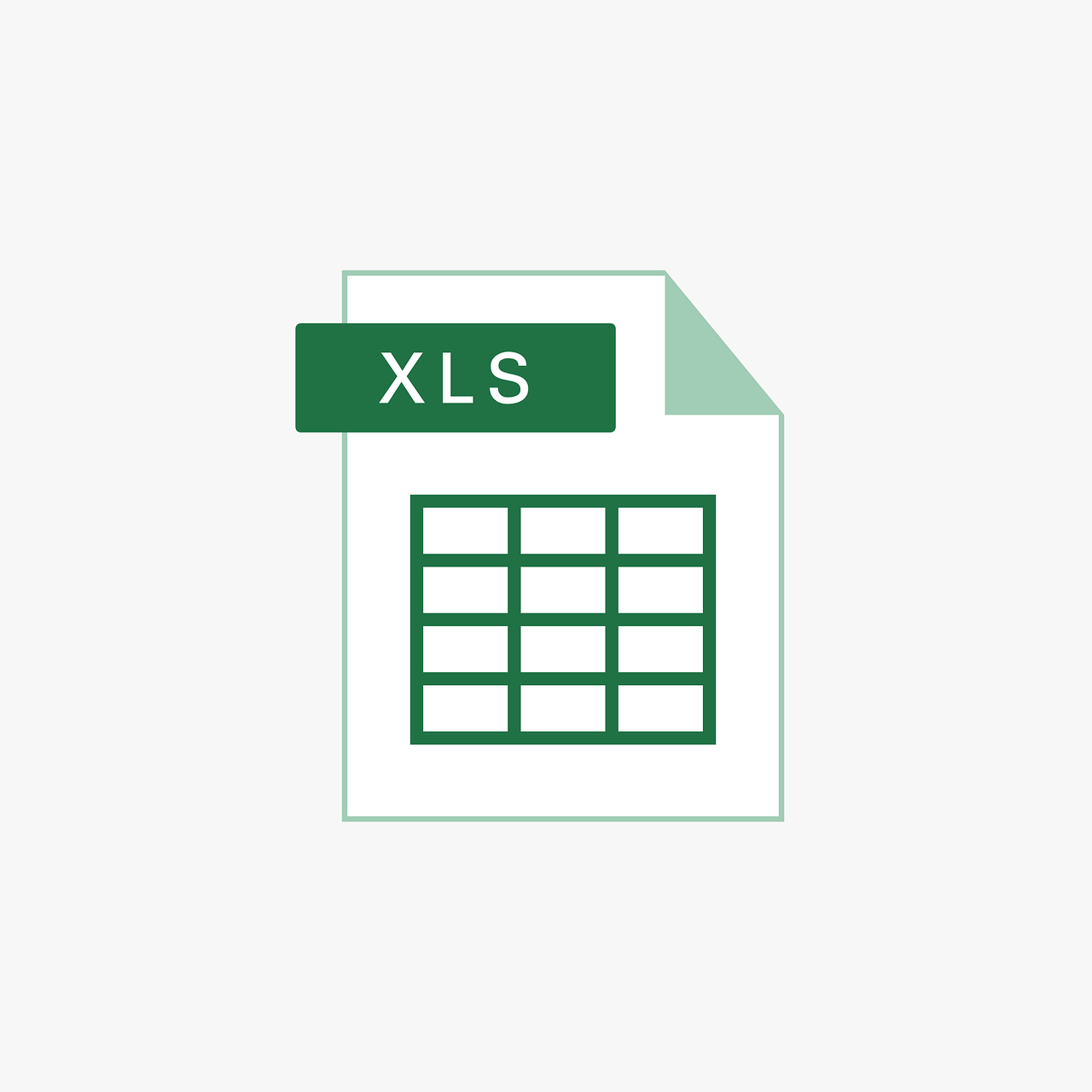“`html
Understanding and Utilizing Excel VBA’s Application.ODBCAddIn
In the world of Excel VBA, the Application.ODBCAddIn is a powerful command that offers users the ability to interact with ODBC (Open Database Connectivity) Add-ins, which are essential for connecting Excel with external databases. This capability allows for seamless data analysis, manipulation, and reporting by bridging Excel with various database systems. In this post, we will explore the fundamentals of Application.ODBCAddIn, its usage, and provide practical examples for better understanding.
What is Application.ODBCAddIn?
The Application.ODBCAddIn is a part of Excel’s VBA (Visual Basic for Applications) that allows users to manage ODBC Add-ins. ODBC itself is a standard API for accessing database management systems, which means it’s a crucial tool for users needing to pull or push data between Excel and databases like SQL Server, Oracle, and MySQL.
Key Features of Application.ODBCAddIn
- Facilitates connection between Excel and external databases.
- Allows automation of data import/export processes.
- Supports a wide range of database systems through ODBC.
How to Use Application.ODBCAddIn
To effectively use Application.ODBCAddIn, it’s essential to understand its syntax and how it can be integrated into your VBA projects. Let’s dive into the basic usage and syntax.
Basic Syntax
The basic syntax for accessing the ODBC Add-in in Excel VBA is:
Dim odbcAddin As Object
Set odbcAddin = Application.ODBCAddIn
In this syntax, odbcAddin is declared as an object and then set to the Application.ODBCAddIn, creating a handle that allows further interactions with ODBC functionalities.
Connecting to a Database
To connect to a database, you typically need a connection string, which provides details such as the database name, server, and authentication credentials. Here’s a simple example:
Dim conn As Object
Set conn = Application.ODBCAddIn
conn.Connection = "Driver={SQL Server};Server=your_server_name;Database=your_db_name;Trusted_Connection=yes;"
In this example, conn.Connection is used to establish a connection to a SQL Server database using a trusted connection.
Practical Examples of Application.ODBCAddIn
Now, let’s look at a practical example of using Application.ODBCAddIn to fetch data from a database and display it within Excel.
Example: Fetching Data from a Database
This example demonstrates how to use VBA to retrieve data from a database and populate it into a worksheet.
Sub FetchDataFromDatabase()
Dim conn As Object
Dim rs As Object
Dim query As String
Set conn = Application.ODBCAddIn
conn.Connection = "Driver={SQL Server};Server=your_server_name;Database=your_db_name;Trusted_Connection=yes;"
query = "SELECT * FROM YourTableName"
Set rs = conn.Execute(query)
Sheet1.Range("A1").CopyFromRecordset rs
rs.Close
conn.Close
End Sub
In this script, FetchDataFromDatabase connects to a database, executes a SQL query to select all entries from a specified table, and copies the resulting dataset into the first worksheet of the active workbook.
Best Practices for Using Application.ODBCAddIn
While Application.ODBCAddIn provides powerful capabilities, adhering to best practices ensures efficient and error-free operation.
Ensure Proper Connection Strings
Always verify your connection strings for accuracy and security. Avoid hardcoding sensitive information within your VBA scripts.
Handle Errors Gracefully
Incorporate error handling in your scripts to manage potential connection issues or SQL errors. This can be done using the On Error statement.
Conclusion
The Application.ODBCAddIn in Excel VBA is an invaluable tool for those looking to integrate Excel with external databases. By understanding its functionalities and following best practices, users can unlock powerful data handling capabilities, enhancing their data analysis and reporting efficiencies. Whether you’re a beginner or an experienced professional, mastering this command can significantly streamline your workflow.
Additional Resources
For more detailed information on VBA and database connectivity, you can explore the following resources:
- Microsoft Excel VBA Documentation – Comprehensive guide from Microsoft on Excel’s VBA functionalities.
- How to Connect Excel to a Database Using VBA – Our in-depth blog post on setting up database connections in Excel using VBA.
“`

